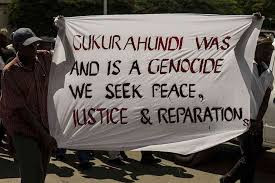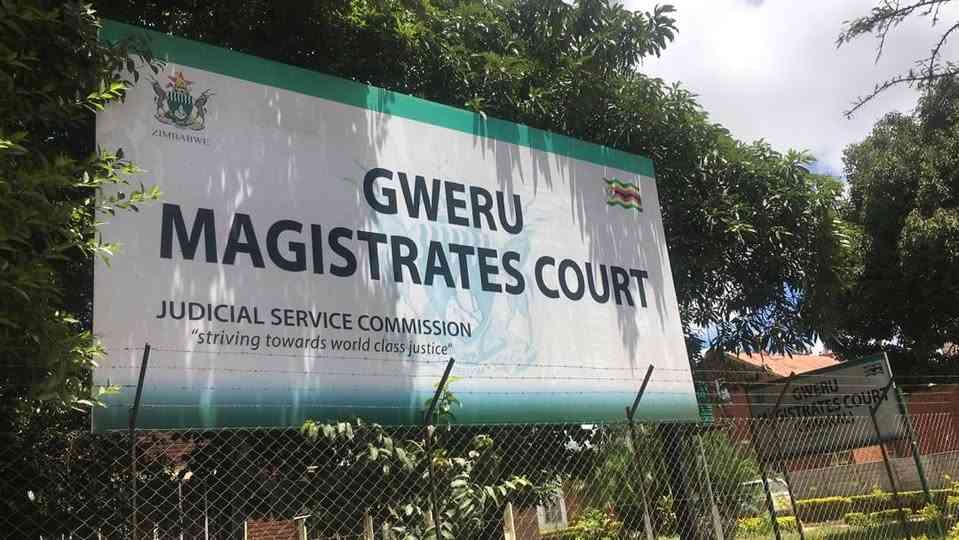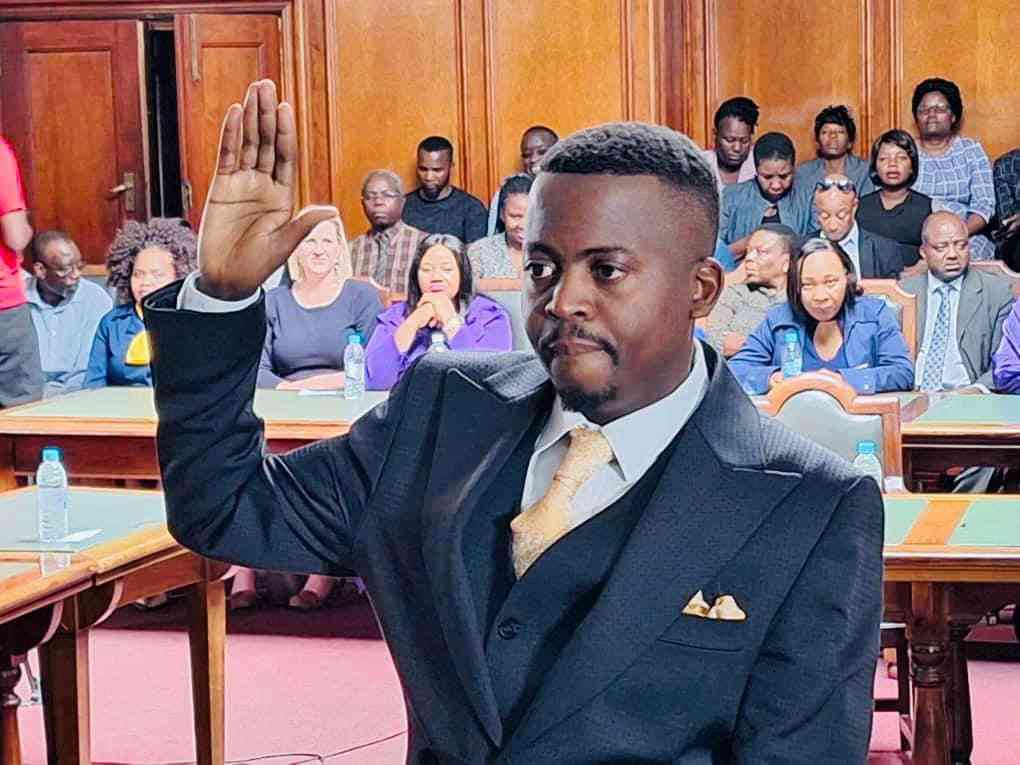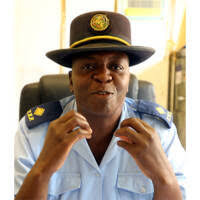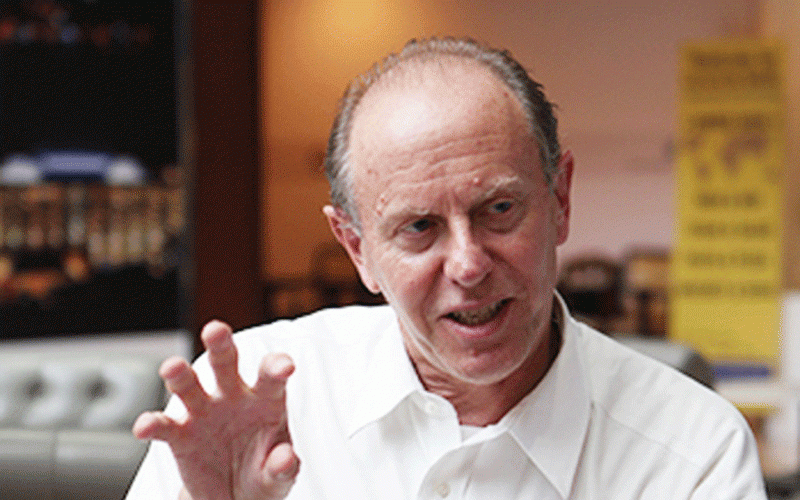
BULAWAYO’S never-ending water challenges have jolted the newly-elected Citizens Coalition for Change (CCC)-led council to appeal to central government to declare the city’s water crisis an emergency.
Mayor David Coltart is pushing for the rehabilitation of 77 boreholes in the Nyamandlovu area to complement supplies as residents go for days without the precious liquid due to dwindling water levels at the city’s supply dams.
“It is the council’s mandate to harvest and pump water to residents everyday. He (deputy mayor Donaldson Mabutho) appealed to the central government to declare Bulawayo a water crisis city,” the council’s latest minutes partly read.
“This will assist the city to raise funds and find partners who will assist in dealing with the water crisis.”
Mabuto, who was recalled alongside other CCC councillors and legislators recently, requested council to invite ministers to lead deliberations towards solving the water woes.
According to city fathers, declaring the city a water crisis area will allow council to independently mobilise resources needed for water supply alleviation projects.
In 2020, Bulawayo City Council wrote to the Local Government ministry requesting that the city be declared a water shortage area.
In response, government hired consultants to study the water situation.
- Chamisa party defiant after ban
- Uproar over census figures
- Village Rhapsody: How Zimbabwe can improve governance
- Byo Arts Festival in turmoil…One year later, festival has yet to pay artists…Organisers play cat and mouse with artists
Keep Reading
The consultants blamed the council for lacking the technical know-how of drawing water from depleted dams.
The council has indicated that it has plans to construct a dam in the Glassblock area of Filabusi and rehabilitate boreholes in Nyamandlovu.
“The long-term solution is the construction of the Gwayi-Shangani Dam and the pipeline. Mayor (Coltart) also explained that the rehabilitation of the 77 boreholes in Nyamandlovu is a major immediate priority.
“Currently, the city is only receiving five megalitres a day instead of 20 megalitres of water from Nyamandlovu,” the minutes further read.
Short-term intervention, according to the minutes, includes the duplication of the Insiza to Ncema pipeline and the Mtshabezi to Ncema pipeline.
“Once the Ncema’s Dam levels are boosted, the water situation will improve. The central government and the World Bank should be engaged for funding of these projects. Gwayi-Shangani Dam construction was reported to be at 74%,” the minutes added.
No dam has been constructed for Bulawayo since 1975 and all of the city’s supply dams were constructed by the colonial regime.
Lower Ncema was built in 1943, Upper Ncema (1974), Inyankuni (1965), Umzingwane (1956) and Insiza (1975).
The construction of the Gwayi-Shangani Dam, now nearly complete at over 70%, is seen as a lasting solution to the city’s water woes.

